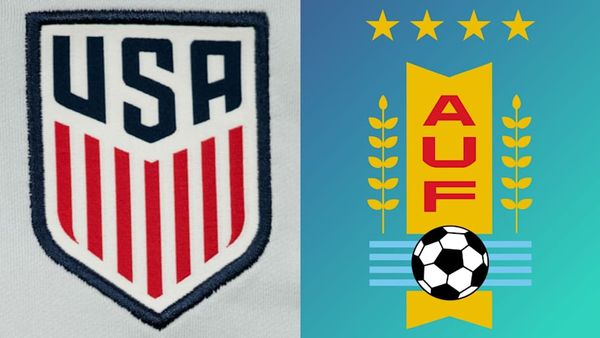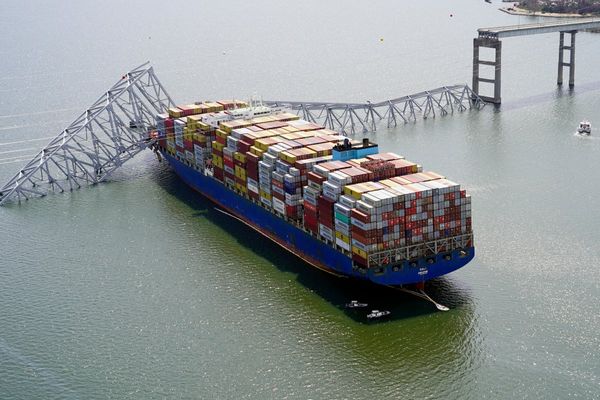A powerful earthquake that struck off the coast of Russia generated tsunami warnings and advisories for a broad section of the Pacific, including Alaska, Hawaii and the US West Coast.
The quake registered a magnitude of 8.8 and was centred off the coast of the Kamchatka Peninsula. The temblor struck early Wednesday local time, which was still Tuesday in the US.
Russia has experienced waves up to five metres tall in the Russian Pacific town of Severo-Kurilsk, the RIA Novosti news agency reported. The Japan Meteorological Agency said a tsunami as high as 60 centimeters (2 feet) had been detected as the waves moved south along the Pacific coast from Hokkaido to Tokyo Bay. Officials urged caution, saying that bigger waves could come later.
Meanwhile, Hawaii has recorded waves up to 1.7 metres (5 ft 7) on Kahului, Maui. At a similar time a 4.9ft wave was recorded in Hilo. As the US awaits the full impact of the tsunami, officials have warned citizens that the first wave may not be the largest or highest and tsunamis can last for hours.
Keep up with our live coverage of the tsunami.
What is a tsunami?
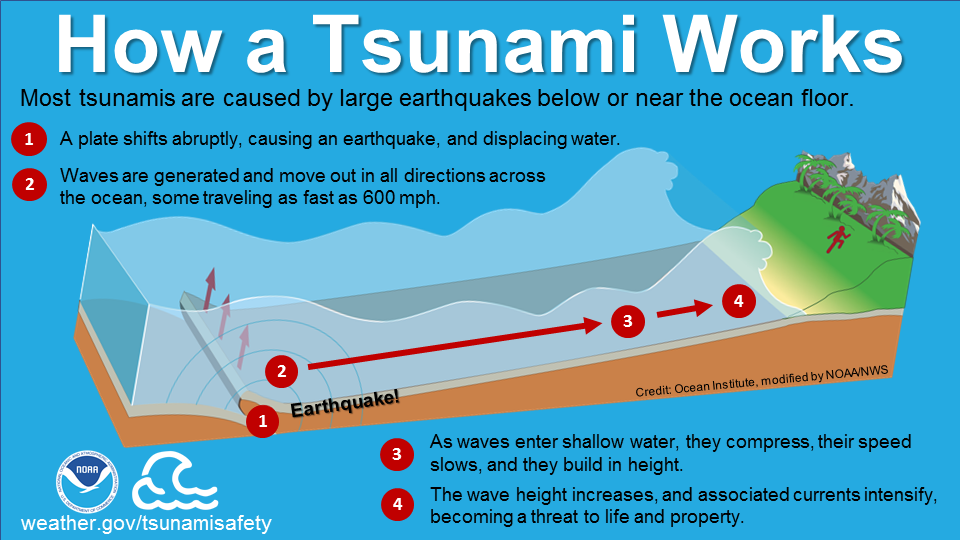
A tsunami is a series of waves that are generated by a large displacement of the ocean, often caused by large-scale disturbances like earthquakes or volanic eruptions under the sea.
“In this case, we’ve got an earthquake,” professor Ilan Kelman, specialising in disasters and health at University College London explained.
“So when the earthquake shakes the earth, let's say it moves up and down on the sea floor. That means that there's a quick movement of water moving up and down, which creates a wave that radiates out from where the earth shook.”
As the waves travel inland and the depth of the ocean decreases, the waves build up in height. The speed of the waves is determined by the depth of the ocean rather than the source, the US National Ocean Service explained.

“When a wave gets to a certain point because the land is moving or the land is hills or the ocean floor slopes in a certain way, then we get the breaking waves like the usual ones that people surf on,” professor Kelman continued.
“When it's a breaking wave of 3m higher than us or 5m higher than a bungalow, or 15m to 20 m getting to high rise, then that breaking wave brings down buildings and kills people. You cannot escape it.”
Although tsunamis are sometimes referred to as tidal waves, oceanoghraphers say tides have little to do with them.
How long does it take for tsunamis to arrive?
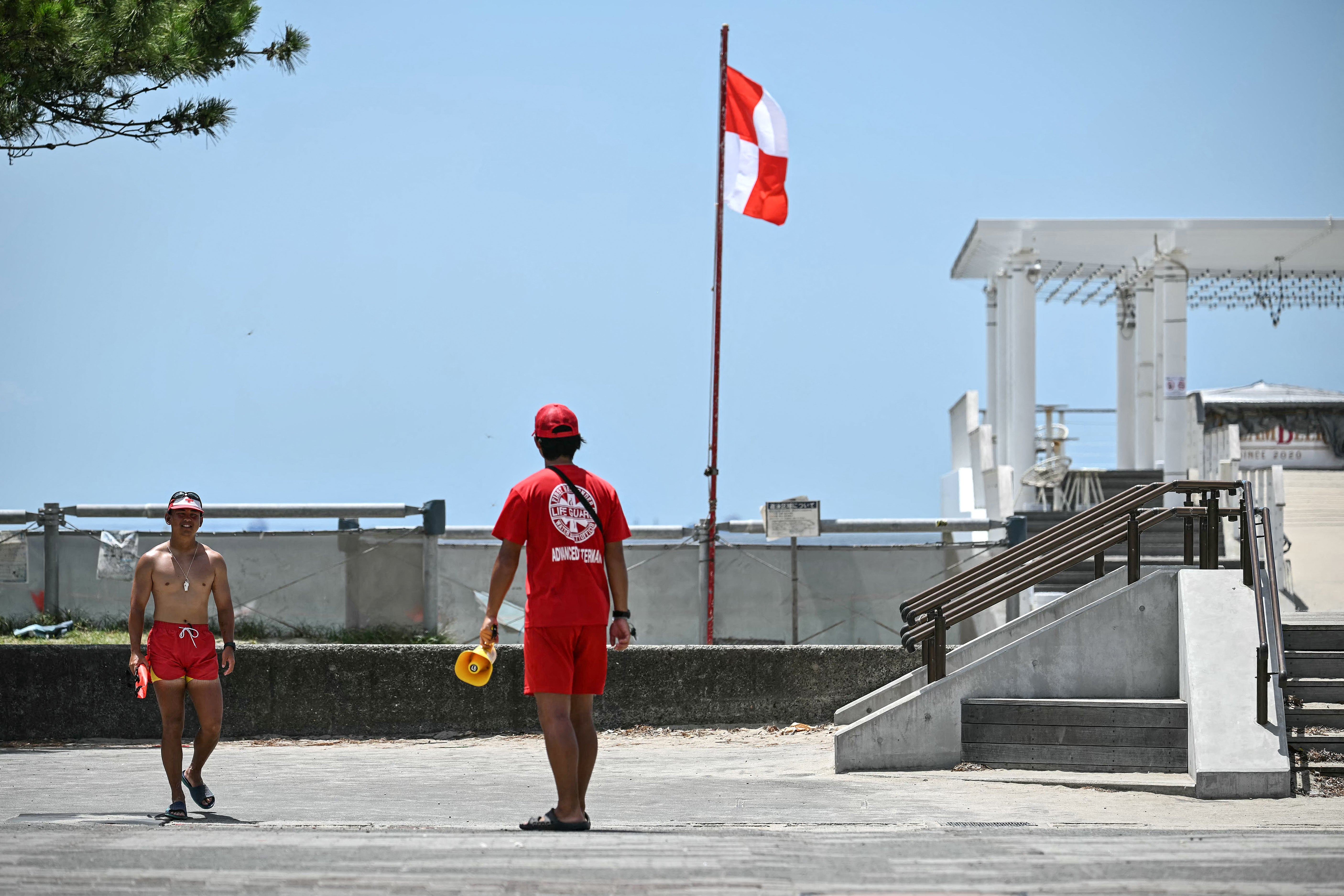
The time it takes for a wave to arrive on land depends on how far the epicentre of the earthquake is from a coastal area. It could take just minutes for waves to hit land next to the site of a major quake but it could take hours for tsunamis to cross the Pacific Ocean.
“Tsunami waves travel across the ocean at about the speed of a commercial jet,” says Professor Kelmna. “So we’re looking at anywhere between 400 and 800 km per hour.”
The speed of tsunami waves also depends on ocean depth. They travel faster over deep water and slow down in shallow water.
The closer a country is to where the earthquake is, the quicker it arrives; the people in Russia were hit by large waves within an hour of the 8.8 magnitude strike, whereas Hawaii started experiencing waves hours after the strike.
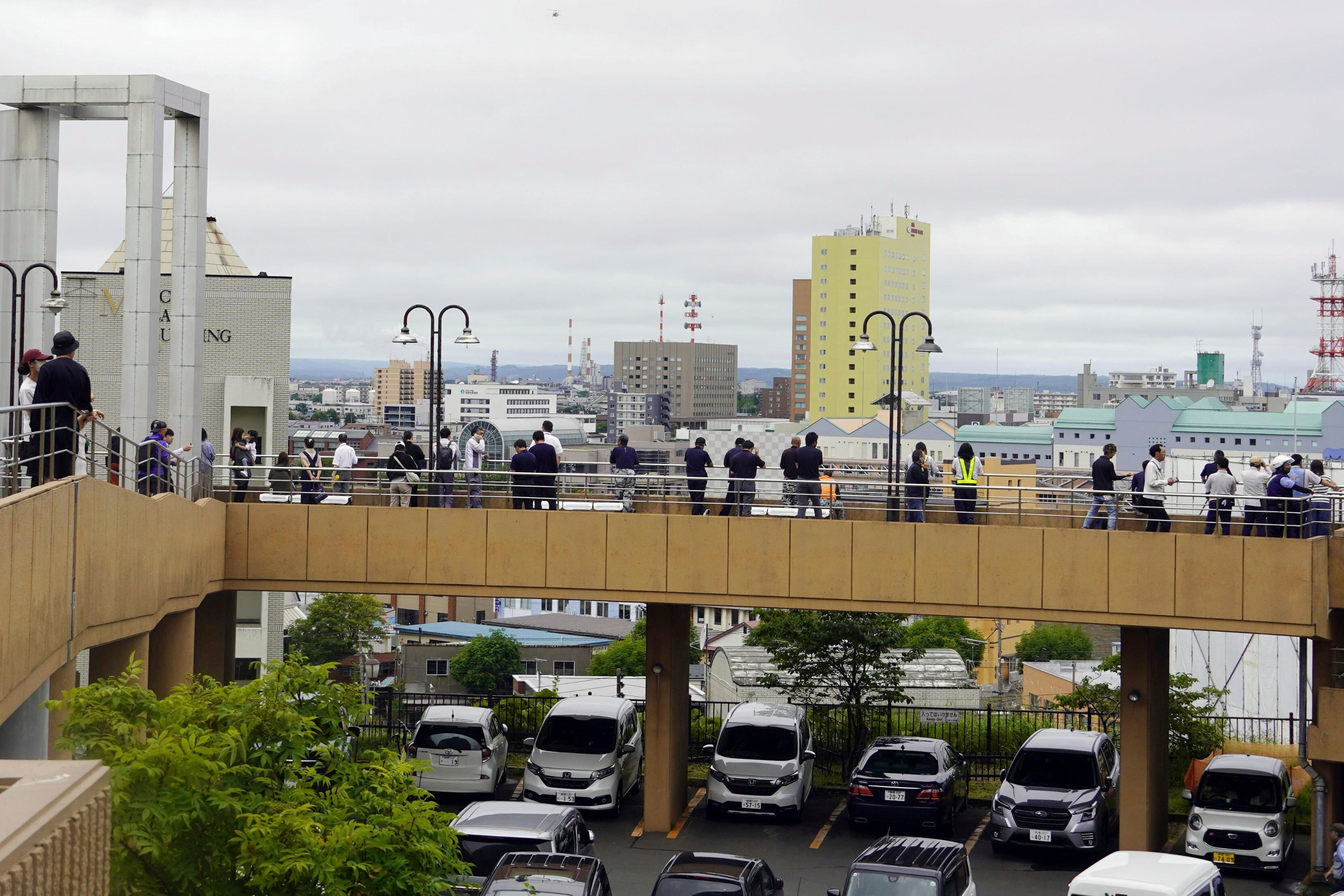
While there is a general rule that the further away you are from the epicentre the less dangerous the tsunami is, this does not always appluy, professor Kelman warns.
“Local aspects affect tsunamis,” he says. “The latest warning which I received is that Ecuador is expecting tsunami waves of up to 3 metres. Basically the highest that we're seeing, and that matches what they think they have observed at this point in Russia and also in Northwest Hawaii. Ecuador is thousands of kilometres across the Pacific Ocean.”
How does this compare to the 2004 Boxing Day Tsunami?
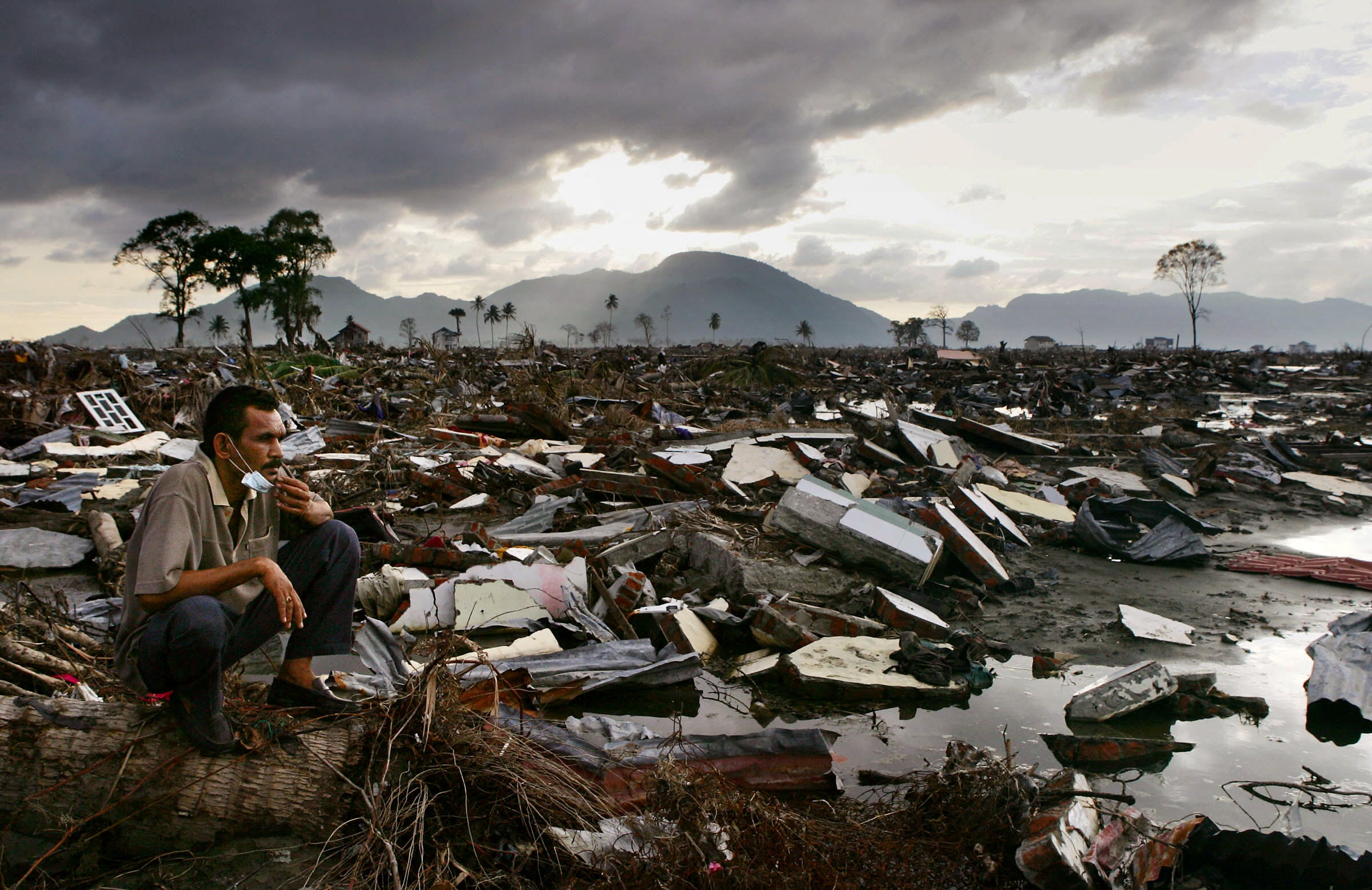
While it remains unclear just how much damage will be done by the tsunamis caused by the Russian earthquake, it already appears the waves are nowhere near as powerful as the 2004 Boxing Day tsunami.
In 2004, a 9.1 magnitude earthquake struck off the coast of Indonesia, causing waves that levelled remote villages, ports and tourist resorts along the Indian Ocean across Southeast and South Asia. Some 230,000 people died as waves up to 40m tall hit shorelines.
“What we're seeing now so far is the maximum expected and the maximum observed is just higher than a bungalow, about 3 m,” explains professor Kelman. “Most places are experiencing between 1m and 2m, which is sort of our height, how tall we are. They still kill.”
While an 8.8 magnitude earthquake appears on par with a 9.1 magnitude disaster, professor Kelman explains that there is a huge power disparity between the two.
“The scale is not a straight line, it's actually a logarithm. The more you go up, the faster it gets more powerful,” he says. “So the difference between eight and nine is actually a tenfold difference in power.”
This means that the earthquake in Russia was perhaps a third as powerful as the 2004 disaster. But the professor warns that earthquakes less powerful than what has been seen today have caused large tsunamis.
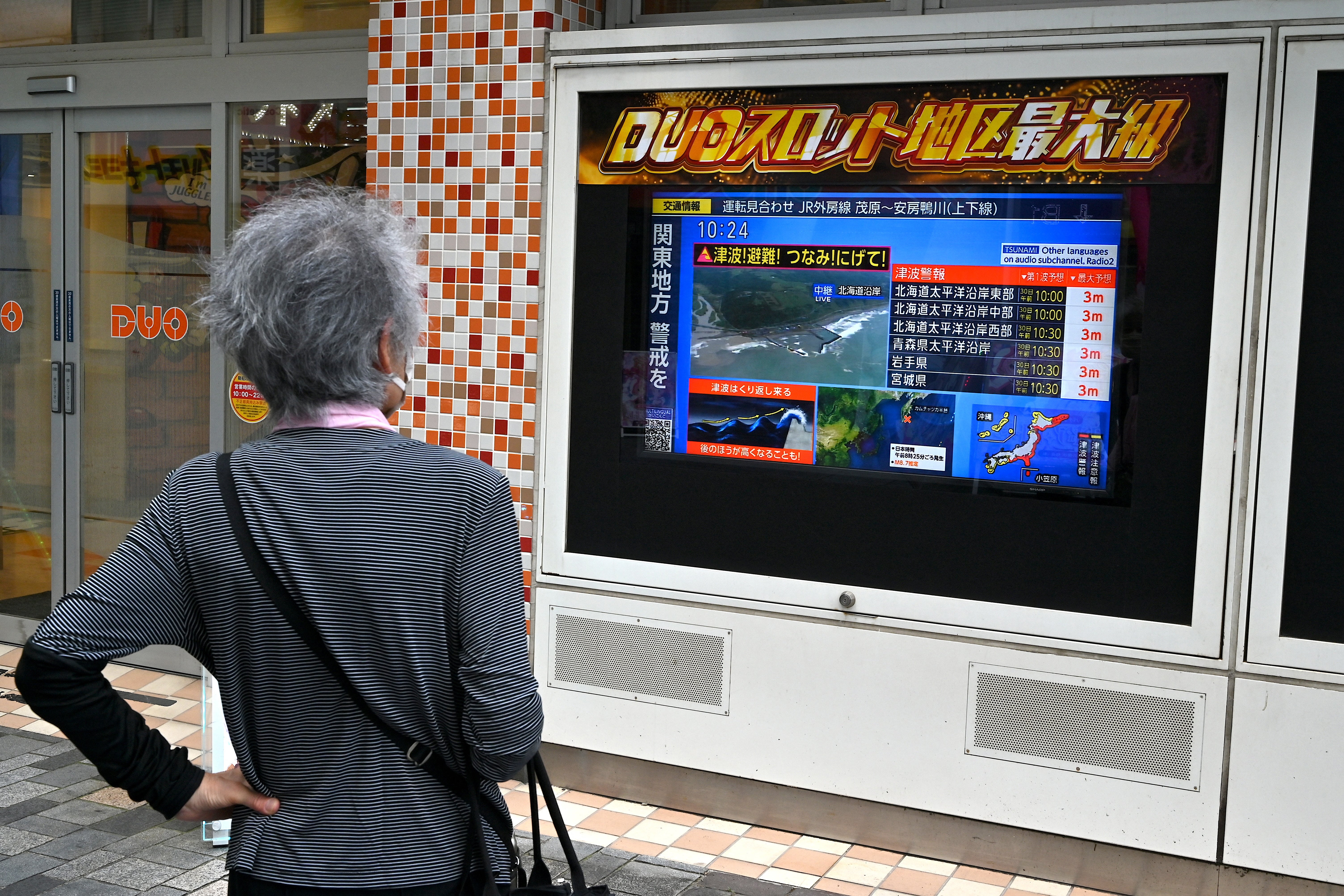
What should I do if I get a tsunami alert?
Authorities urge people to move to higher ground away from the coast when they have indications a tsunami will arrive.
In Hawaii, the state's emergency management agency directs people to check maps and to evacuate if they are in a tsunami hazard zone. Emergency authorities typically blast alerts to people's cellphones, on TV and radio and sound a network of sirens.
Authorities have told people to stay at least 100ft (30m) away from inland waterways and marinas connected to the ocean due to the possibility of wave surges and flooding. Some communities have buildings designated on higher ground as meet up points during tsunami warnings, such as a school, while others might simply urge residents to retreat up a hillside.
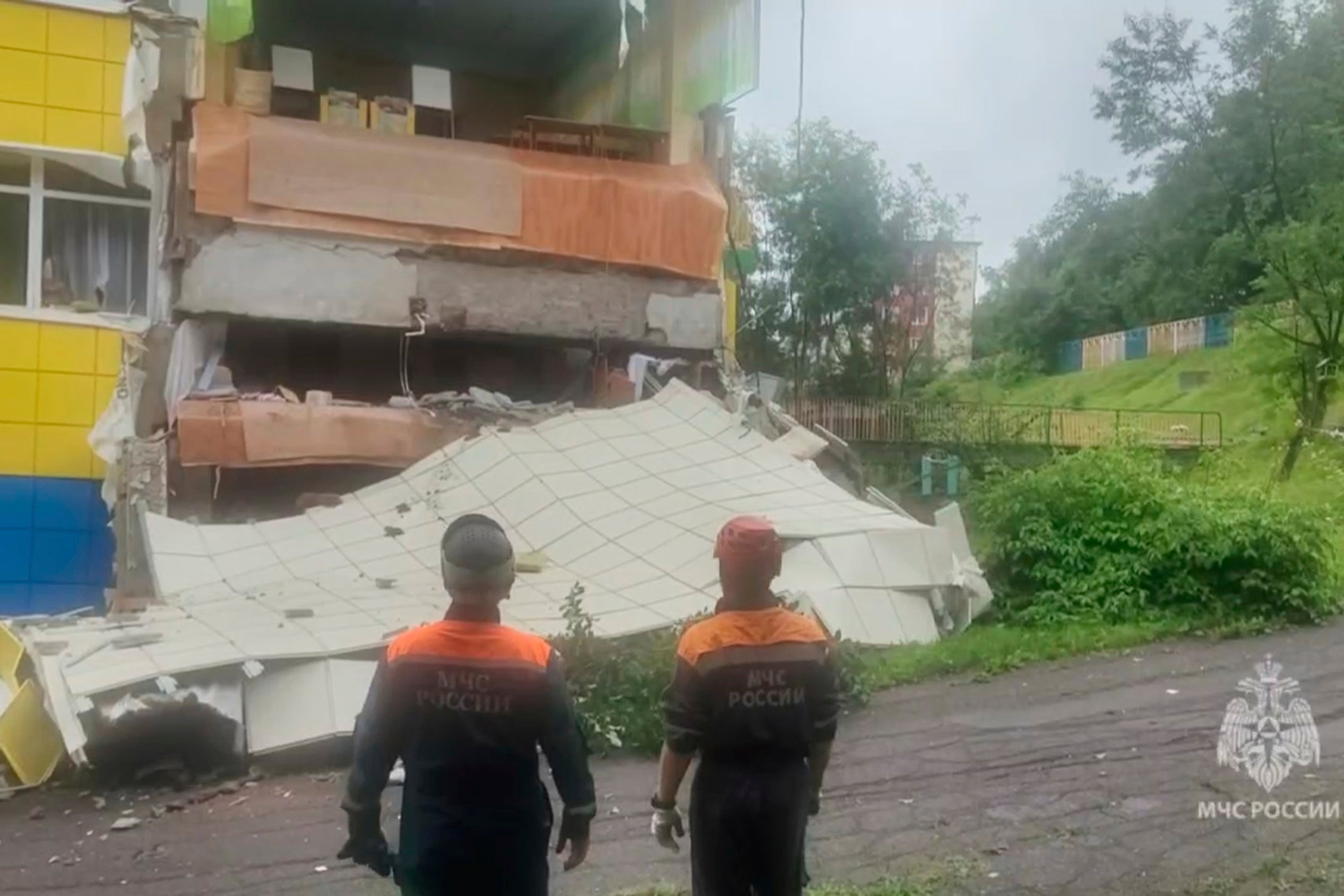
In the US, the National Weather Service has several different types of alert. A warning means a tsunami that may cause widespread flooding is expected or already taking place.
Evacuation recommendspeople should move to high ground or inland. An advisory means a tsunami with potential for strong currents or dangerous waves is expected or occurring and people should stay out of the water and away from beaches and waterways. A watch means that a tsunami is possible and to be prepared.
People have already been advised to stay away from beaches, marinas, and harbours as many waves are forecast in California.
Tsunami reaches California and Hawaii after huge earthquake prompts evacuations: Live
Tsunami hits Hawaii after massive earthquake off Russia sparks Pacific-wide alerts
Hawaii governor urges residents to stay home as Tsunami warning issued
Gaza live: Key Arab states urge Hamas to disarm as Netanyahu slams Starmer pledge
Pete Hegseth wants out of the Pentagon and is planning to run for office, report says
Map: The countries which recognise Palestine - as the UK plans to follow suit
